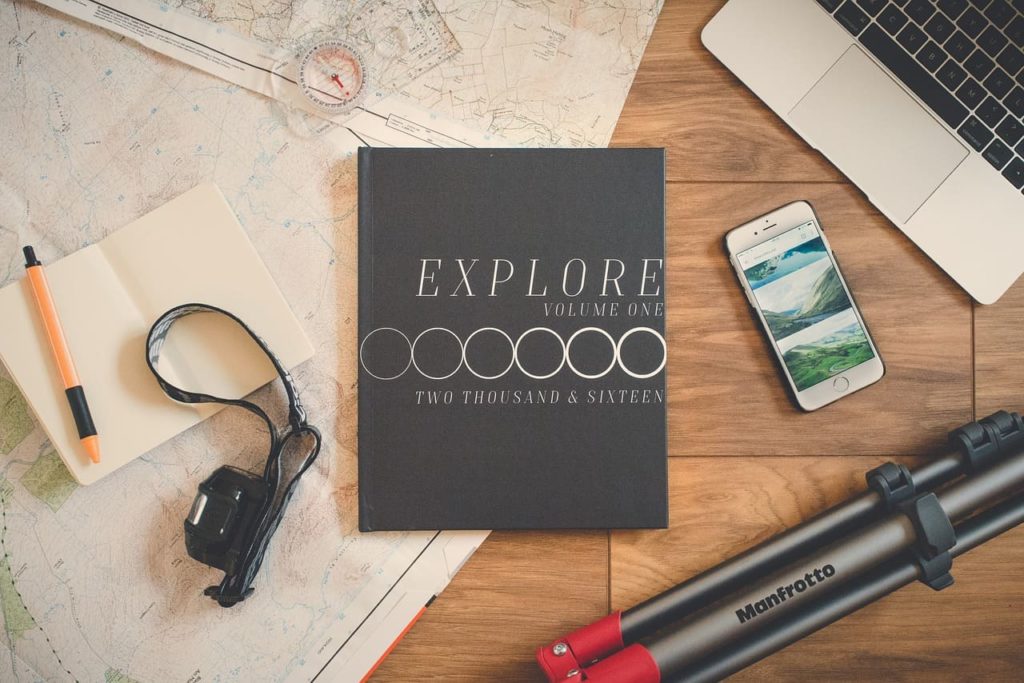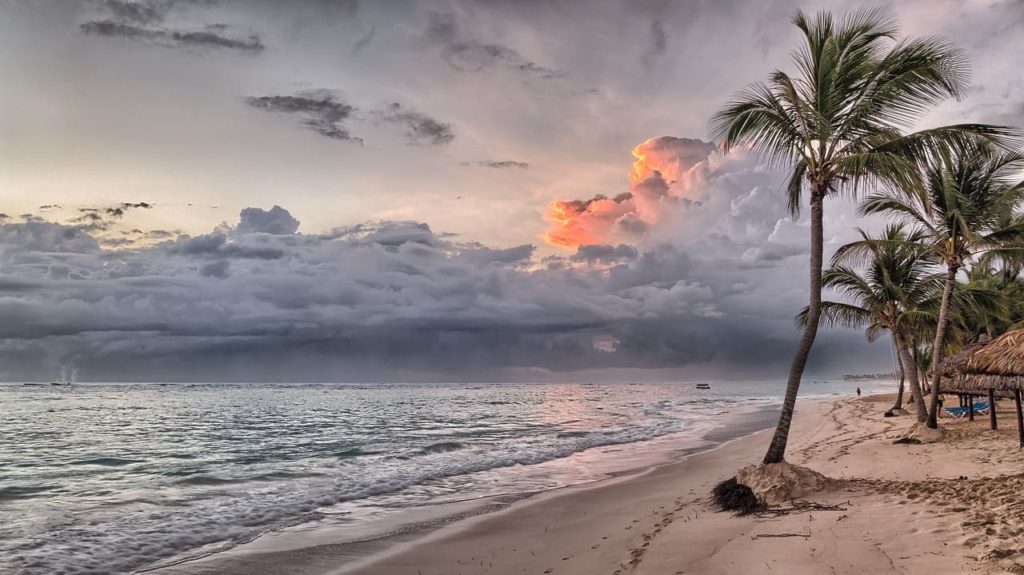

How to Write a Travel Itinerary (Template and Tips)
Being able to write a good itinerary is a powerful tool in the travel industry. A travel itinerary isn’t just a list of things to do. It’s a stop-by-stop break down of how a traveler should spend their time.
Whether you’re a travel agent, blogger, content writer, or anything in between, itineraries are fundamental.
Creating effective itineraries is also a valuable skill if you’re a traveler. If you can craft a compelling trip plan, you’re in for a holiday that will show you and your loved ones an amazing time.
Why take our advice? We’re highly experienced in the itinerary game. 🙂 The Travel Tractions content team has crafted over 500,000 words worth of travel itineraries in the last 3 months alone.
We know our stuff, and we’re here to share it with you. The following is a detailed guide on how to make a travel itinerary.
Travel Itinerary Template

An itinerary will pretty much always be broken down into days (unless it’s a 24-hour itinerary). Each day is further broken down into individual stops, which are typically the recommended points of interest and attractions.
The days and stops are the meat of the itinerary, but most itineraries will be supplemented with additional information to further help the reader.
Have a look at how we added a practical packing list in this 3 day London itinerary.
We recommend structuring your vacation itinerary in a similar way to the following:
Introduction

Every good blog post needs an introduction. For your itinerary, this will be a brief overview of the destination and why it’s an attractive place to visit. Sell the itinerary here. Give the reader a good reason to stay engaged and continue reading.
Brief Overview
Offer a bullet-pointed breakdown of the itinerary, outlining the stops. This allows the reader to understand if it’s right for them before reading in full.
Day 1, etc.

This is where you lay out the stops for each day. Give some insightful and interesting information about each stop.
The aim here is to get them excited about what you’re suggesting / offering. Don’t overwhelm them with information, just whet their appetite.
Make each stop a heading, and include useful information such as opening hours, cost, and which kind of traveler is best catered for here. You can add must-visit food stops as well, or simply leave that choice up to the reader.
Check out how we helped our readers organize a 7-day trip to Bali.
Other Useful Information

In this section, offer some extra information that will help the user get the most out of their experience. Some things you can add include:
- Tell the reader a bit about how to get around, transport options, and things to be prepared for.
- Discuss the best places to stay and suggest a few options for accommodation that you know are great.
- Make some restaurant recommendations and mention any other foodie stops that haven’t made it into your itinerary stops.
- Include a packing list if you feel it’s an important aspect (or write a separate packing list post and take advantage of some internal linking).
Conclusion

This section exists to help close the itinerary in a satisfying way. Offer a brief summary and some final thoughts. Reaffirm the reasons why the destination is attractive, and why your itinerary is the best on offer.
Important Considerations for Writing an Itinerary
So, now you’ve got the outline for a successful itinerary. But you’ll need to fill this skeleton with high-quality content in order to produce something valuable. Taking into account the following considerations and tips will help you do so.
Decide the Length of the Itinerary
Before writing anything, you’ll need to decide the length of your itinerary. Are you offering an itinerary for three days? five days? one week?
The best option will largely depend on the size of the destination and how much it offers in terms of things to do. For example, most travelers will probably spend at least a week in Bali but perhaps just two or three days in Amsterdam.
This can generally be determined with some logical thinking or past experience. But a bit of keyword research can really help uncover what your audience is truly looking for.
If you already have an idea of what you’d like the reader to see and do, you can base the length of the trip on the time it’ll take them to see it all.
Decide on the Stops & Attractions

Once you’ve decided on a number of days, you’ll need to figure out how the reader should fill their time.
Ask yourself questions like:
- What are the most popular landmarks, attractions, and points of interest?
- What will offer the most memorable experience?
- Are there any unheard of spots that will enrich the experience and make it unique?
Deciding on the stops can be done through a combination of experience, prior knowledge, and research.
What’s Achievable?
How much can the reader realistically fit in the time allotted? We know it’s easy to get excited about all the amazing things that a travel destination has to offer. But it’s important to keep it realistic.
The last thing you want is to over-promise on what can be achieved during a trip, only to leave the reader rushing from one attraction to the next without time to appreciate each one. They could even end up abandoning the itinerary altogether.
Plan Out Logical Routes

It’s very important that you consider the geography of the destination when structuring an itinerary. You need to plan out logical routes between stops in order to minimize travel and maximize efficiency. If two or more attractions are close to one another geographically, it only makes sense to visit them at the same time.
Use your knowledge of the area in combination with Google Maps to plot out a route for each day’s itinerary.
Offer Insider Tips
Try to offer unique insights and ideas, insider tips, and some off-the-beaten-track gems.
The reader wants to know that they’re in reliable and experienced hands. Unique and valuable guidance will also help your itinerary stand out against those offering more generic advice.
You can provide these at any point throughout the itinerary. Wherever they fit best.
Be Specific and Unambiguous

Itineraries provide insightful guidance to those who want to be guided. To those who want their trip to be planned for them.
Therefore, it is your job to guide them fully. Don’t offer too much in the way of flexibility. Display conviction in your chosen stops. Show confidence that if they follow your itinerary to a T, they’ll have a great time.
Include Captivating Images

High-quality images transport the reader to the destination before they’ve left their seats. They’re one of the strongest mediums for generating excitement and anticipation for an upcoming trip. They also help break up long blocks of text.
Including images frequently is a great way to keep your reader’s attention and enhance their experience.
You can use images from your own trip, or curate some top-notch stock images.
Implement SEO
Data-focused, strategic SEO (Search Engine Optimisation) underpins all of our content. And if your itinerary is being written for the web, it should underpin yours too. Good SEO can help ensure that your itinerary is seen by as many people as possible. And if you’re in the travel business, getting your travel material seen should be a top priority.
Final Thoughts

If you were wondering how to write an itinerary, you landed in the right place. We hope this trip itinerary template helps you craft well-rounded, engaging, and realistic itineraries that leave readers delighted.




